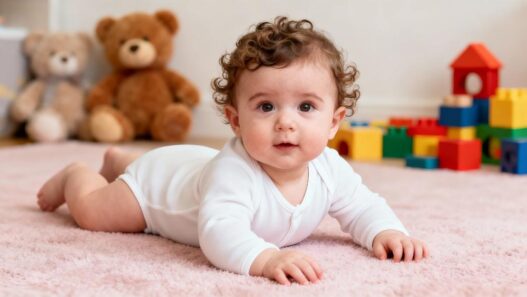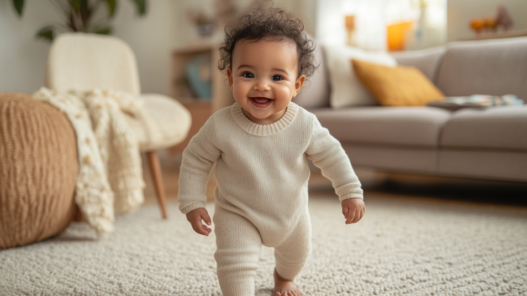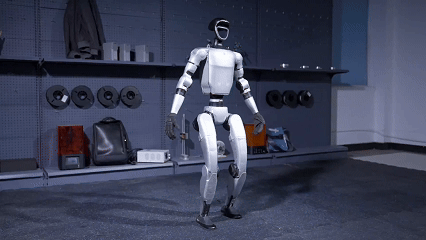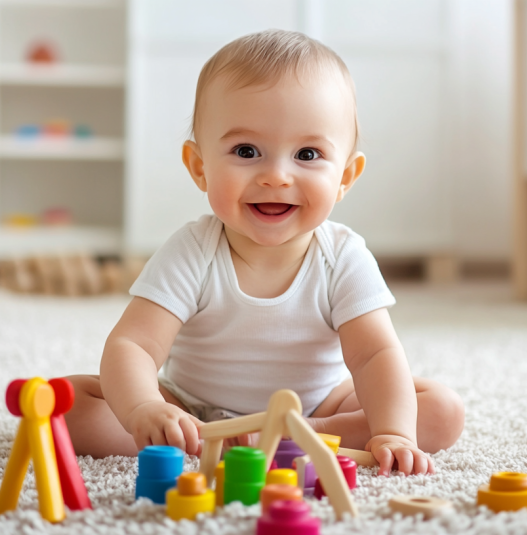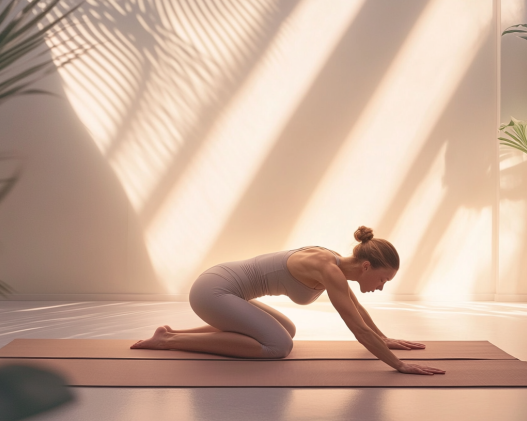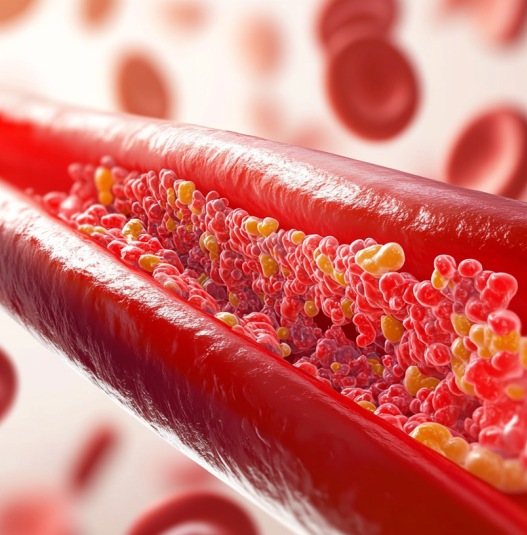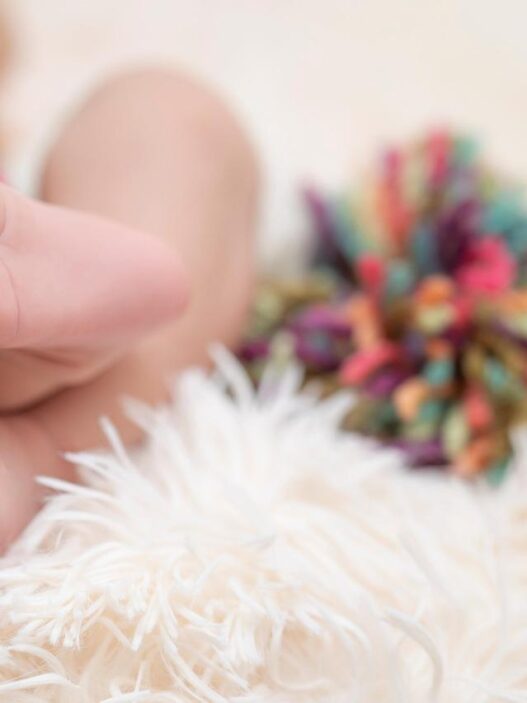Ever felt jealous seeing your neighbor’s baby taking their first step while yours is still crawling around? Don’t panic! Every baby has their own pace, but there are some simple yet powerful tricks to help your baby make those first moves sooner. Here are five practical and fun hacks that will help your little one step into a new phase confidently.
Tip #1: Skip the Baby Walker, Go Natural!
Many parents quickly grab a baby walker, imagining their little one racing around like a mini superhero. But hold your horses! Walkers don’t really help babies learn to walk properly. They might even interfere with your baby’s muscle development and balance.
The American Academy of Pediatrics advises parents to let their baby’s muscles develop naturally. The key to walking is strong leg muscles, good balance, and solid core strength.
Here’s what you can do:
- Hide that walker away and let your baby move freely on the floor.
- Encourage crawling and standing while holding furniture, like cruising slowly along a sofa. It boosts balance naturally.
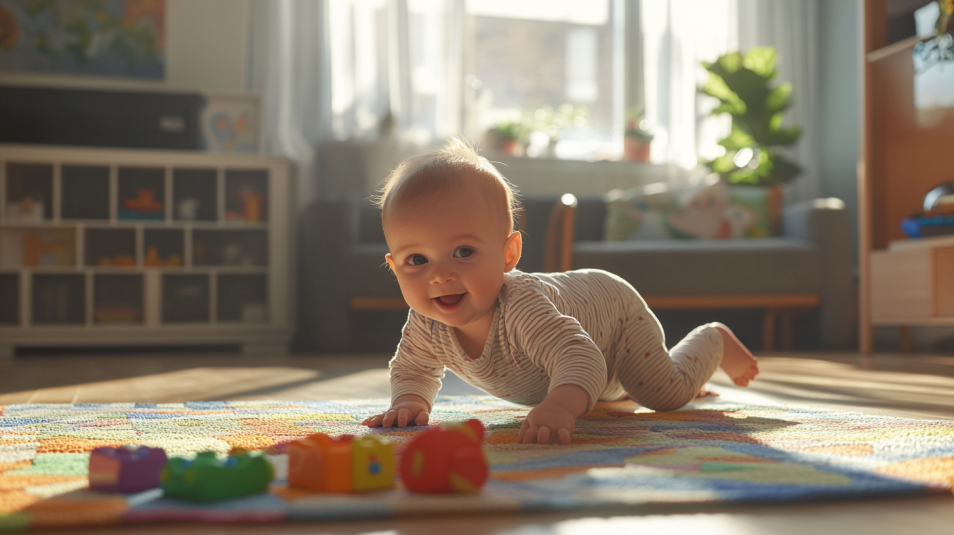
Tip #2: Barefoot is Better!
Tempted to buy those adorable, pricey baby shoes as soon as they start standing? Wait! Barefoot walking is actually the magic trick here.
Studies show babies walking barefoot directly experience the ground’s textures, improving their balance and spatial awareness. Plus, it stimulates vital nerve endings in the soles.
Practical advice:
- Place soft but firm mats around your home and encourage your baby to explore barefoot.
- On sunny days, let your baby roam safely on clean grass or sand to stimulate sensory development.
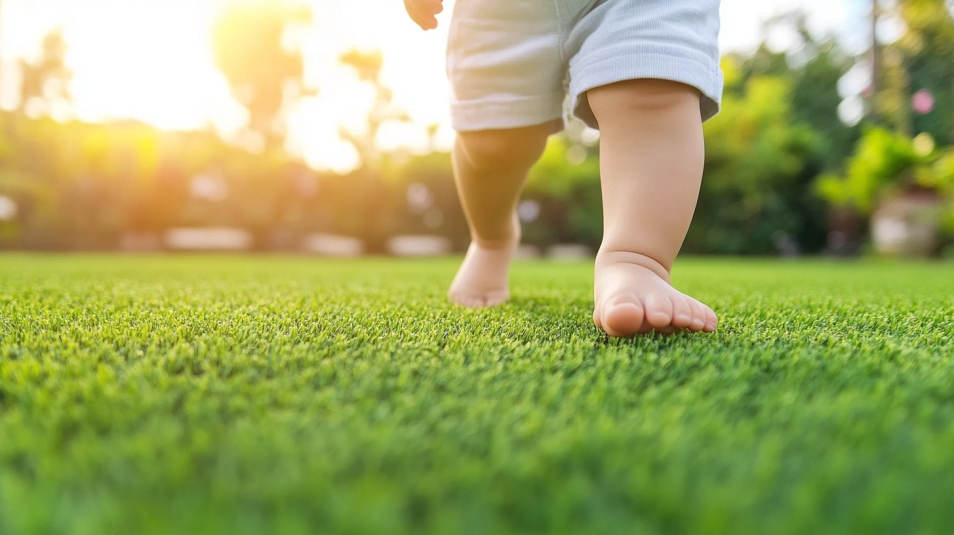
Tip #3: Good Crawling Leads to Great Walking!
Don’t underestimate crawling—it’s more than just a transition phase. Crawling significantly enhances your baby’s brain growth, coordination, and motor skills.
Experts highlight crawling helps develop both the left and right brain hemispheres, improving cognitive skills and coordination.
How you can help:
- Place your baby’s favorite toys just out of reach to encourage crawling.
- Provide various crawling environments. More crawling means better stability when walking later.
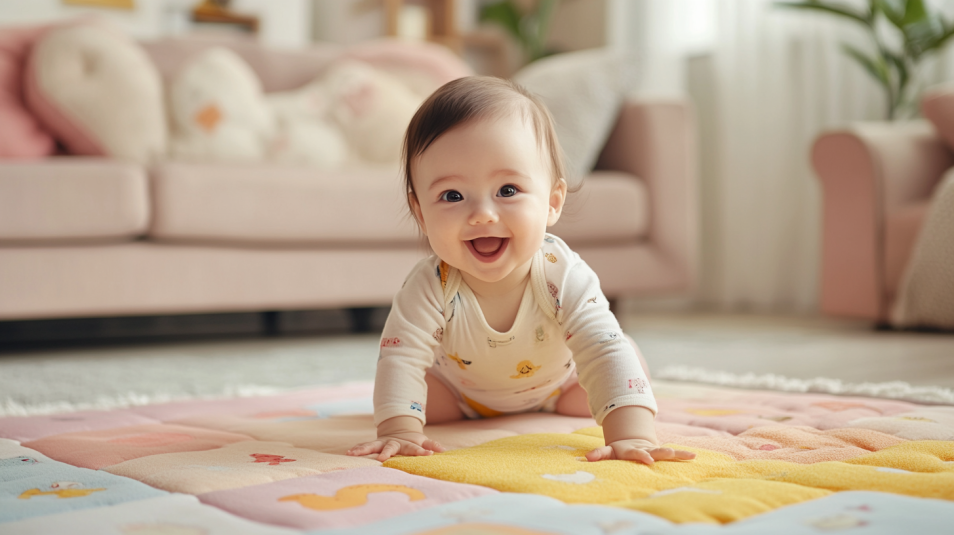
Tip #4: Semi-Autonomous Practice Makes Perfect!
At first, babies wobble and topple. That’s normal! But avoid rushing to hold them every time they sway.
The latest parenting advice recommends semi-autonomous practice, letting your baby explore safely on their own. It increases confidence and dramatically boosts their balance and body control.
Here’s the trick:
- Arrange stable furniture at baby height, encouraging your child to stand and walk while holding onto it.
- Stand nearby just for safety but don’t intervene immediately. Cheer and celebrate every small success enthusiastically!
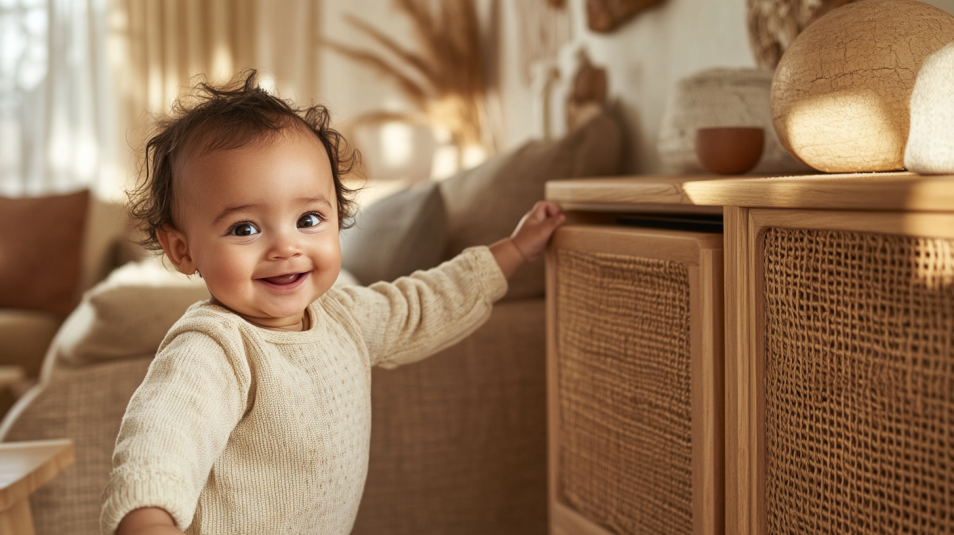
Tip #5: Spot Your Baby’s “Golden Window”
Remember, baby walking isn’t about speed—it’s about quality. According to research, most babies start walking naturally between 9 to 15 months. This is commonly called the baby’s “golden window” for walking.
What parents should watch for:
- If your child hasn’t taken any steps around 12 months, add more standing games and furniture-cruising activities.
- If there’s no standing or stepping by 15 months, consult a pediatrician for professional guidance.
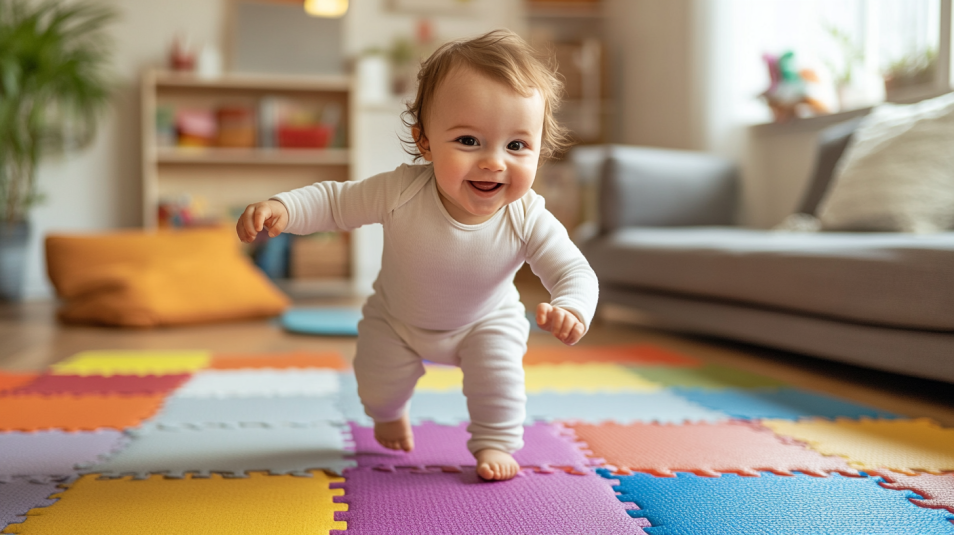
Final Thoughts:
After reading these tips, you’re probably excited to help your baby move confidently from crawling to walking. Remember, patience and gentle encouragement lead to healthy, stable growth. Soon enough, your baby will be the new walking champion of your neighborhood!





